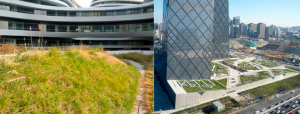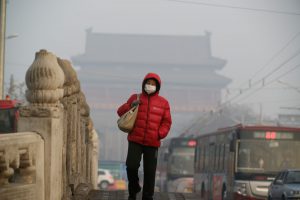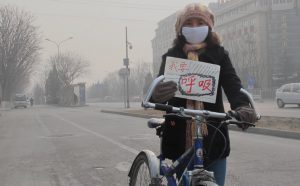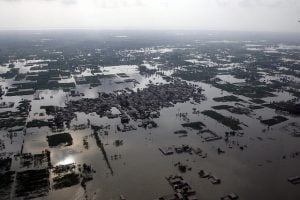From January 10th through to 15th, Beijing was enveloped in a noxious haze. Experts believe that this was the result of layer upon layer of pollution — from local sources and non-local sources, from coal power plant emissions and exhaust from cars — combining to create a severe air pollution event. This type of haze is very different from the "Big Smoke" of historic London.
The London smog event of December 5th through 9th in 1952 mostly consisted of sulphur dioxide from coal and dust pollution. Direct and indirect deaths from the event are estimated at approximately 12,000 people.
In order to deal with this problem, London spent the next 30 years converting itself to heating and power based on natural gas while at it same time moving coal-based industry to places outside the city that favored airflow, such as the seaside.
Professor WANG Yuesi of the Chinese Academy of Science’s Institute of Atmospheric Physics told media that even though Beijing also implemented a policy of transition to natural gas, the problem is that the sulphur content of vehicle fuel is very high.
In Beijing, personal and public vehicles contribute the largest portion of sulphur dioxide, nitrogen dioxide and other pollutants to the atmosphere. In addition, when Beijing moved heavy industry away from its city center, it only moved it to its periphery: the eastern slopes of Taixing Mountain where conditions are not favorable to atmospheric dispersion. When southeastern winds blow, pollution is easily transported back into the city, creating a laying effect with Beijing’s local pollution.
Chinese Society for Environmental Sciences Vice Director-General YANG Chaofei, however, places more emphasis on China’s economic structure as the root cause of the problem.
The Vice Director-General says that when London experienced its Great Smog of 1952, it was still in the early stages of industrialisation. Moving industry outside the city did not impose much pollution on the surrounding areas.
In contrast, China is currently in a later stage of industrial development, with annual coal consumption already reaching four billion, up from one billion during the 1990s. Intensive dust pollution from construction associated with urbanisation, pollution from industrial exhaust, and vehicle emissions are also all increasing. China passed the stage long ago that these issues could be restricted to the local areas that produced them. Today, these are the shared challenges of larger regions.
Translated by chinadialogue volunteer Michelle Hertzfeld.




